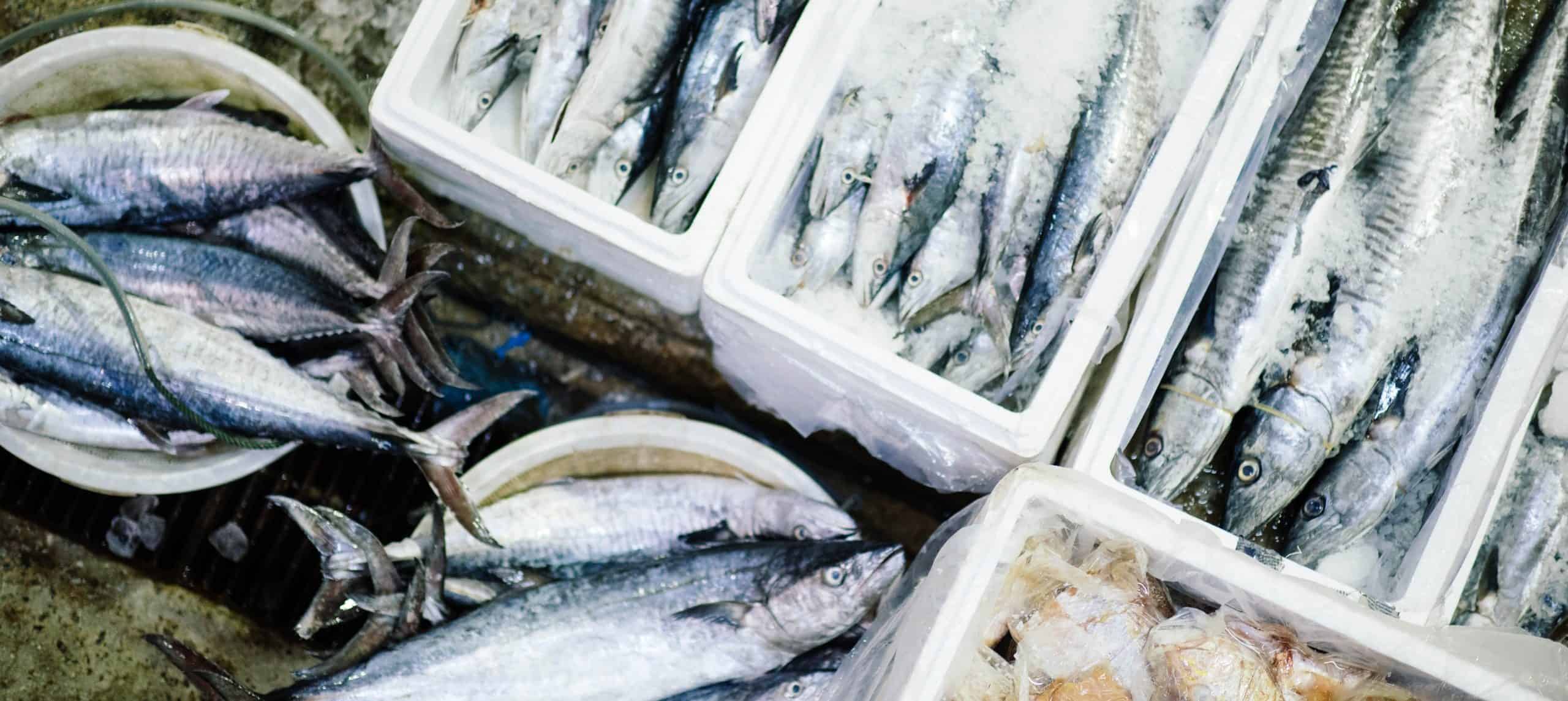With the release of treated water from the crippled nuclear plant in Fukushima Prefecture looming, embattled seafood businesses in the region fear fresh reputational damage to their products, Takaki Tominaga writes.
By around this summer, the Japanese government and plant operator Tokyo Electric Power Company Holdings Inc. plan to eject water with trace amounts of tritium into the sea, as the company asserts that the decommissioning work of the reactors damaged by the 2011 disaster will be obstructed by many large tanks of treated water.
In April, discharge facilities were being rapidly constructed at the Fukushima Daiichi nuclear power plant, with the operator aiming to complete them by the end of June in the first quarter of the new fiscal year.
TEPCO and the government promised local fishermen in 2015 they would not dispose of the treated water without gaining the “understanding” of concerned parties, but it remains unclear whether the two sides have agreed on what that means exactly.
The Japan Fisheries Cooperative and fishermen in Fukushima Prefecture remain opposed to the plan.
Katsuhiko Suzuki, president of the intermediary wholesaler Maruhide Suisan Co., expressed his concern that the discharge might hamper the recovery momentum of his business.
“I hope local and central governments will take effective measures to prevent people in Japan and around the world from thinking fish from the (Fukushima) area are dangerous,” he said at the central wholesale market in Iwaki in the prefecture.
Among the 55 countries and regions that imposed restrictions on food imports from Japan in connection with the nuclear accident, 12 still keep some limits, according to the Japanese government, with China and Russia strongly opposing the discharge.
Through numerous events, local and central governments and industries have been promoting the “Joban mono” brand, generally referring to high-quality fresh fish caught in fertile waters off the coast of Fukushima.
After the accident caused by the massive earthquake and tsunami on 11 March 2011, fishing around the coast was voluntarily suspended but later resumed on a trial basis under strict screening of radiation levels in fish.
The trial fishing ended in March 2021, and the industry is transitioning to full-scale operations.
However, the volume and value of fish caught around the coast stood at 5,525 tons and about 3.5 billion yen (US$26 million) in 2022, according to a prefectural official. Both figures were post-disaster highs but were still about 20 percent in volume and 40 percent in value compared with harvests before the catastrophe.
The Japanese government will aid fishermen through a new 50 billion yen (US$371 million) in addition to a previously announced 30 billion yen (US$222 million) fund, so they can deal with reputational damage and continue fishing.
Meanwhile, TEPCO has set the limit for the amount of tritium that can be released from the plant at less than 22 trillion becquerels per year, unchanged from the pre-disaster era.
The actual amount of tritium discharged into the sea before the accident was around 2 trillion becquerels per year, according to TEPCO.
According to the International Atomic Energy Agency, nuclear power plants worldwide release treated water containing low-level concentrations of tritium and other radionuclides to the environment in a controlled manner as part of normal operations.
Yuji Torikai, a professor at Ibaraki University’s Department of Science, pointed out that even though a discharge of tritiated water from nuclear power plants is an international norm, reputational damage might still occur because of the operator’s dubious standing with the public.
He says the fact that the discharge operation will be conducted by TEPCO, responsible for the world’s worst nuclear accident since the 1986 Chernobyl meltdown as well as other incidents, mishaps and an attempted cover-up, only adds fuel to the fire.
Many believe the discharge will not significantly impact people’s health and the environment if TEPCO follows the plan, but they are more doubtful about whether the company can abide by the rules in executing its strategy.
“Therefore,” Torikai said, “It is crucial that authorities or trustworthy bodies strictly monitor TEPCO and keep the public abreast of whether the company is living up to its promises.”
According to Torikai, another effective means of appeasing fears is educating people about tritium, as little is known regarding the rare natural isotope of hydrogen.
Koji Suzuki, president of Yamatsune Suisan in Iwaki, plans to hold a series of workshops on tritium for fish markets and consumers at his seafood school, which was launched by several firms at the central market to entrench fish-eating culture.
“We all should hold accurate knowledge (on tritium). Otherwise, we are forced to rely just on media reports and TV programs, and that is not good,” Suzuki said, adding that simply “blaming” the situation on the nuclear plant is also not helpful.
“We need to survive,” said Suzuki of Maruhide Suisan, which is reinforcing distribution within the prefecture amid difficulties expanding business outside the area.
The water, treated with an advanced liquid processing system that removes most radionuclides other than tritium, will be diluted with seawater to one-40th of the concentration permitted under Japanese safety standards and released 1 kilometer off the power plant via an underwater pipeline.
Unlike other radioactive materials like cesium and strontium, tritium poses little risk to human health and the environment as its radiation is very weak and cannot penetrate human skin. Experts also believe it is unlikely it can accumulate in a living body. Torikai pointed out that developing professionals with knowledge about tritium is an urgent task for Japan since the country has limited human resources in the field.
